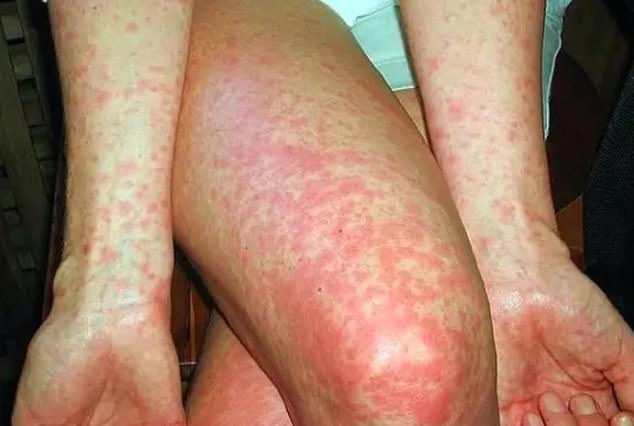One person has died while two are recovering in hospital after being diagnosed with meningococcal disease.
Western Australia’s Department of Health announced on Thursday that the three infected seniors are the state’s first cases this year. The cases are not linked.
The state recorded nine cases with no deaths in 2023.
One person has died and two others are recovering in hospital after being diagnosed with meningococcal disease in Western Australia (file image)
The bacteria that causes the disease, Neisseria meningitidis, is carried harmlessly in the back of the nose by 10 to 20 percent of the population.
However, it can cause an incredibly dangerous infection if it reaches the bloodstream.
Symptoms of the disease include fever, loss of appetite, drowsiness, pain in the legs, lack of energy, and fits or convulsions.
Younger people who contract meningococcus may get a rash that does not go away when pressed with a clear glass.
Anyone who develops symptoms is urged to seek medical treatment immediately as the infection progresses alarmingly quickly.
Most patients recover if treated appropriately; however, the infection has a mortality rate of 5 to 10 percent.
About 15 percent of those infected may also experience long-term complications, such as hearing loss, limb amputations or brain damage.
Two of the cases were infected by serogroup B of the bacteria, while the other had serogroup W, two of the most common causes of meningococcus.

Symptoms of the disease include fever, poor appetite, drowsiness, pain in the legs, lack of energy and seizures or convulsions, while younger people may suffer a rash (pictured).
The department declined to reveal more information about the cases to respect the privacy of those infected.
There are two vaccines available against meningococcus, one that protects against serogroup B and the other against A, C, W and Y.
The first, the MenACWY vaccine, is free for children up to 12 months in the state and is again offered to Year 10 students with a free catch-up for those aged 15-19.
Aboriginal children receive both vaccines free of charge for longer periods of time due to higher infection rates.


